Dear creative friends,
Welcome to this month's edition of the Studioworks Journal! Last month's issue explored the playful, expressive nature of Fashion and how it was influenced by art. It seemed only natural to shift our focus to the exciting and innovative Art Deco style. The Art Deco period in Art History was all about opulence, decoration and the celebration of progress.
We'll take a playful and creative approach to this topic, examining the intersections between style, color, and design. We have two fabulous master artists to explore and I can promise this issue will definitely be served up with a healthy side of gold! Get those shiny paints ready!
xo,

So you may be wondering, where do I start? To that, I say, wherever feels right to you. Each month we will have a theme, a creative affirmation, a power word, a color palette, sketchbook exercises, art projects, articles, recommended reading, and access to wonderful inspiration and resources. I want you to think of this as a delicious new magazine, you know the ones you occasionally splurge on, with soft, velvety pages, beautiful images, and inspiring content!
Each issue will invite you to explore your creative practice in whichever way works for you. Experience each issue at your own pace. Take what resonates with you and put the rest aside for another time.
Grab a cup of something lovely and dive in.
The end of an era is often a moment for cultural reflection on a grand scale. As the world transitioned into the 1900s, the trappings of the previous century were beginning to chafe, no longer fitting the needs of the moment. Many esteemed designers, architects, and artists felt the call of modernity urging them to leave behind styles, such as Art Nouveau and Arts and Crafts, that they had helped popularize but which had begun to lose luster.
The industrial revolution of the previous century changed the world in numerous ways, not the least of which was seen in the large-scale production of goods. This increase in productivity inspired an ethos of infusing beauty into the ordinary, practical implements of life. Out of the urge to make machine-produced items accessible and aesthetically pleasing, embracing the modern, the pared-down, and sleek, Art Deco was born.
Art Deco is a shortening of the French term Arts Décoratifs. It derives from a World’s fair held in Paris from April-October 1925, which first exhibited the style. This display of works by over 15,000 artists, designers, and architects is seen as the official launch of the Art Deco movement.
Interestingly, the term Art Deco was first used disparagingly by a detractor, the modernist architect Le Corbusier who felt the style didn’t break enough with Art Nouveau, still being too ornamental and unnecessarily decorative. It wasn’t until the 1960s that British art historian Bevis Hillier gave the name a positive spin.
Detractor opinions aside, the hallmark aspects of Art Deco include simplicity, geometric and simplified shapes, clean lines, sophistication, symmetry, repetition, dynamism, and deliberate nods to modernity. In addition to those already mentioned, some primary influences on the “new” style were the Bauhaus, Cubism, Futurism, and Ballets Ruses. In addition, artists of this era freely drew from Egyptian and Native American art, nature, and classical sources.
Some common motifs of Art Deco are sun rays, female nudes, foliage, and animals. Each of these was simplified and streamlined, foreshadowing and underpinning the later emergence of graphic design.
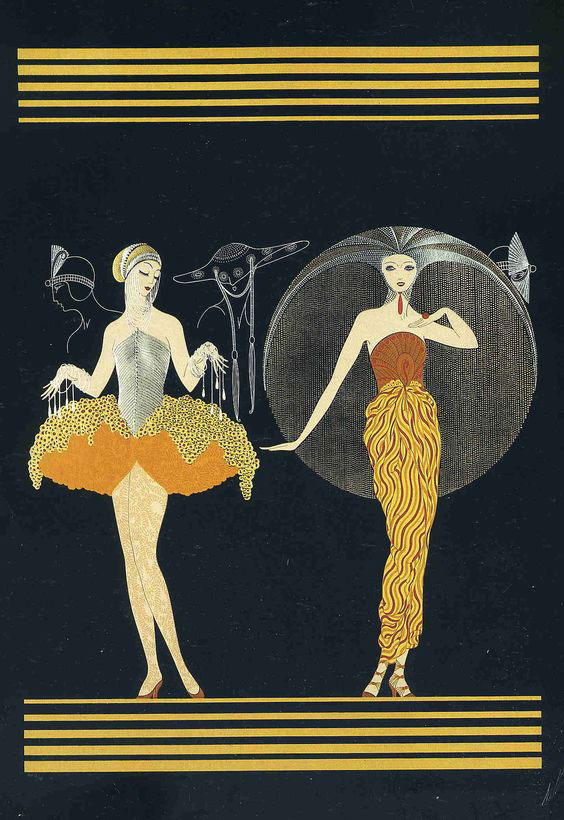
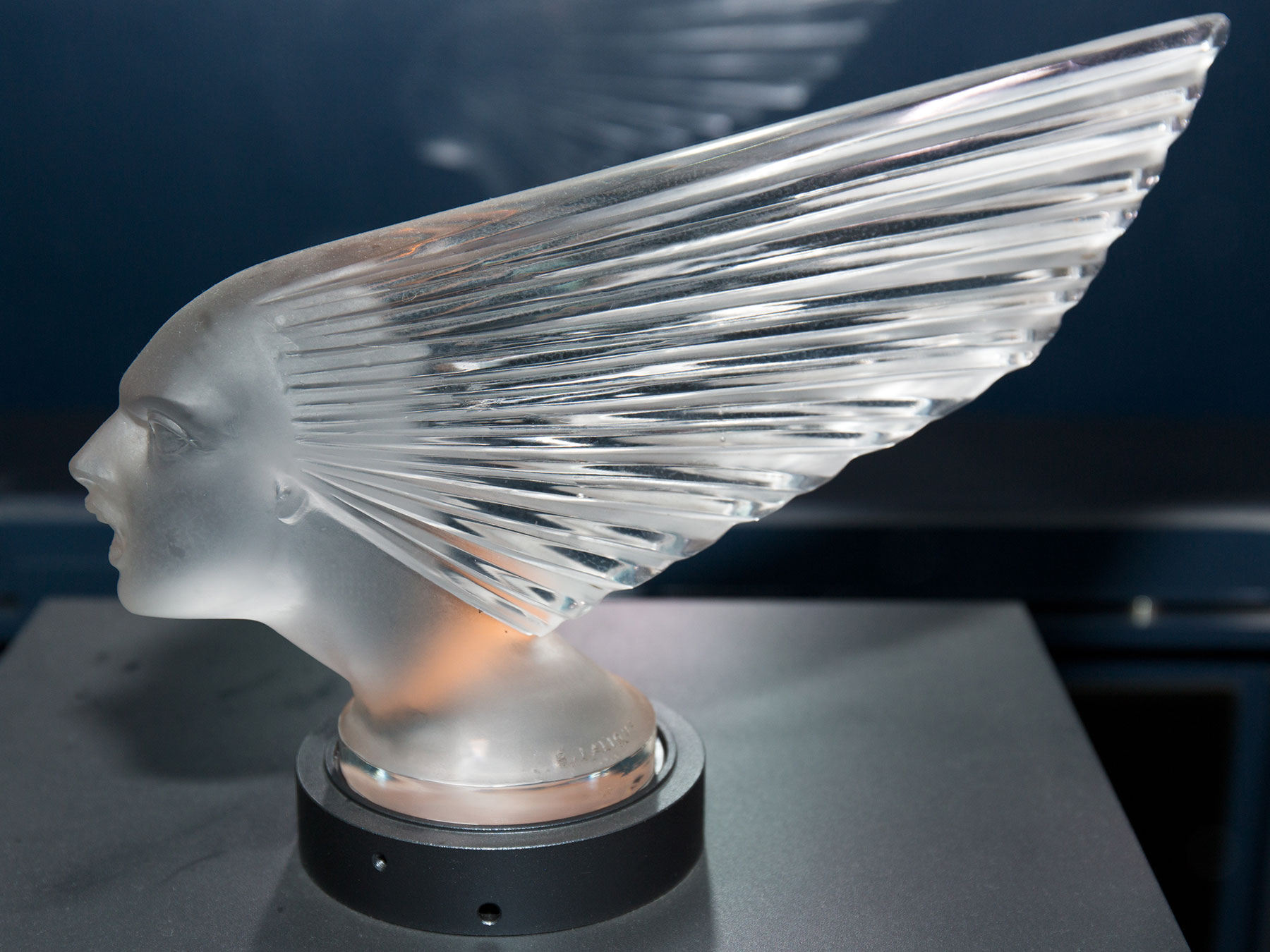
To fully constitute a movement, a style's impacts must cross many cultural and geographical boundaries. Art Deco perfectly represents this with lasting monuments, ranging from iconic buildings to furniture to automobiles, with plenty of jewelry, glassware, fashion designs, posters, and paintings to round out the impressive oeuvre.
Some epochal artistic representations can be found in the works of Edward Mason Eggleston, Léon Bakst, Jean Dunand, Sonia Delauney, George Lepape, and René Lalique. For instance, in Smiling Through(1932), Eggleston’s use of bright, bold colors, geometric patterns, and emphasis on the female form beautifully exhibits the Art Deco flavor.
Similarly, the master jeweler and glass sculptor René Lalique eloquently captured the era's essence with Victoire, his sleek, angular, speed-evoking female figure sculpted as a hood ornament. Gracing the front of smart new machines, practical yet opulent, these sculptures were emblematic of the values of the Art Deco movement.
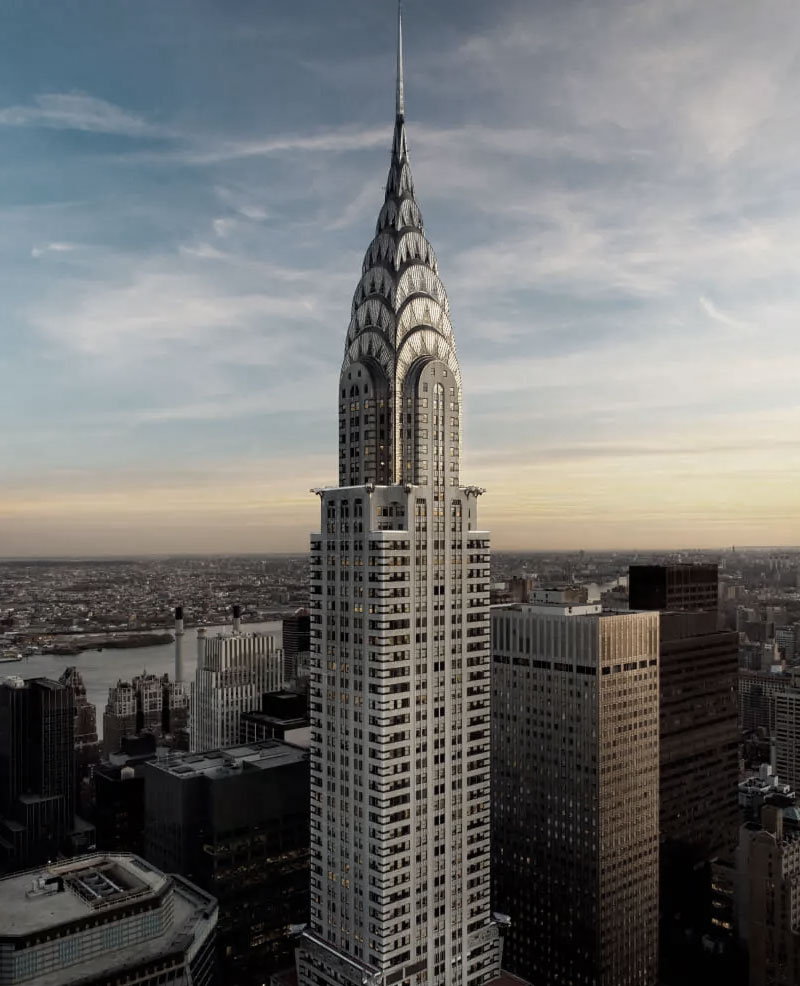
A bit of context is worth noting here. Significantly, the Art Deco period had World War I and World War II as bookends. Thus, the era's art morphed noticeably, from its beginning to its decline, in response to the shifting pressures of the times.
A strong example of this transition is clearly observable in architecture. The archetypal Chrysler Building, a treasure of the New York Skyline designed by William Van Allan and completed in 1930, has all the hallmarks of Art Deco with its sky-high reaching, sunburst-wielding, geometric elegance.
In contrast, after the great depression, the buildings of the Streamline Moderne dispensed with gargoyles, ornamentation, and costly materials sticking to sturdier horizontal structures, and cheaper materials intended to reflect an air of resilience. These societal influences serve as reminders of how the creative spirit adapts to the moment's needs.
It’s a common human experience to feel compelled to make a clean break with tradition to set ourselves apart from our predecessors. This process almost always occurs when new movements are germinating. Art Deco was just the right blend of detailed, beautiful, yet clean, unfussy, and future-facing to launch the world into the twentieth century.
The style's effectiveness in finding appeal across genres and time periods is evident in the continued fascination Art Deco holds. Perhaps ironically, what was innovative has become nostalgic. There have been resurgences and nods to Deco, notably in the fifties, Mid-Century Modern design, and the eighties design and art movement Memphis Group, centered in Milan.
Reflecting on art as a conversation with the past, deeply seated in the present, and reaching toward the future holds great value. Perhaps there isn’t anything truly new under the sun, but the endless iterations of what we value and find beautiful never cease to amaze. Art Deco cut away the fat laying bare the beauty in simplicity and accessibility, ensuring that it will always be relevant.
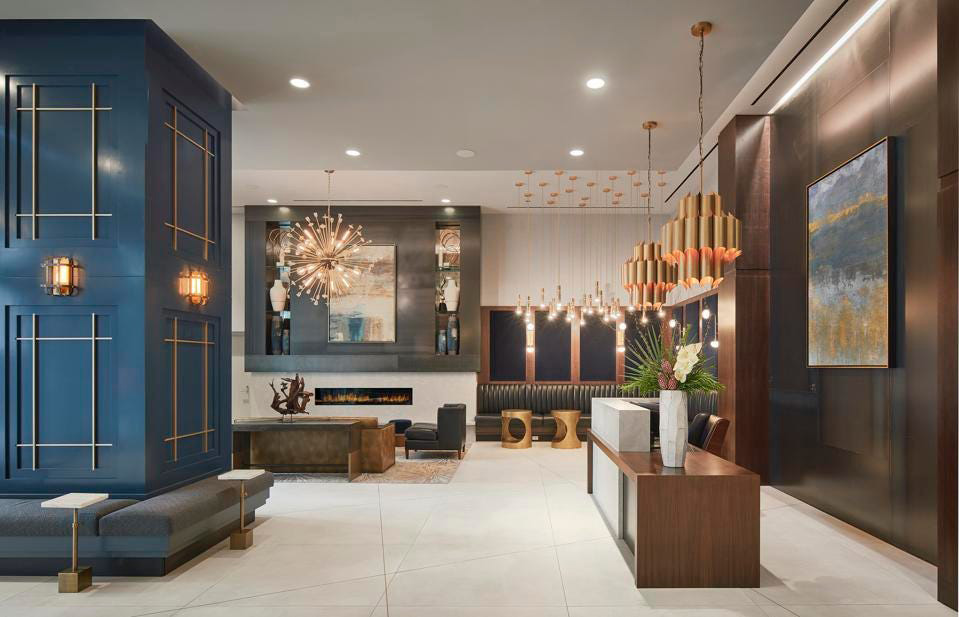
Amongst art movements, Art Deco merits special recognition for its potential to inspire. The energy of this era is emblematic of some primary drivers of creativity, namely, the need to bring forth fresh perspectives, the courage to break with time-honored traditions, embracing the spirit of the moment, vying to imbue meaning even into the mundane, and working on beautifully framing each aspect of life.
At its height, Art Deco graced each corner of the human experience with its sleek, elegant, future-facing designs. This style proved itself a muse, from runways to parlors, canvases to posters, vehicles to skyscrapers, appliances to glassware, with some fine jewelry thrown in for good measure. When an artistic mode is this versatile, it’s worth exploring why and garnering the benefits for our own work.
Schismogenesis is a term that anthropologists use to describe how cultures that emerge in close proximity to one another frequently end up defining themselves in contrast to one another, even as they are thoroughly influenced by each other. The same thing occurs in art movements as with Art Deco juxtaposing itself with Art Nouveau. In addition, it can also apply to our personal artistic processes.
The value in becoming aware of this common human propensity is in the opportunity it presents for engaging in it deliberately. For example, we can consciously select new patterns rather than reflexively shying away from our old ones. We might borrow from the ethos of Art Deco, choosing bright palates, clean lines, geometric shapes, and symmetry, especially if we previously enjoyed monochromatic schemes, ornate organic designs, and asymmetry.
Another inspiring way to use Art Deco sensibilities in our art is to simplify. Many of us can occasionally plead guilty to failing to see the forest for the trees, getting mired in detail, and simply doing too much. In contrast, stripping down to what’s essential, keeping things crisp, direct, and unmuddied, can be a liberating experience.
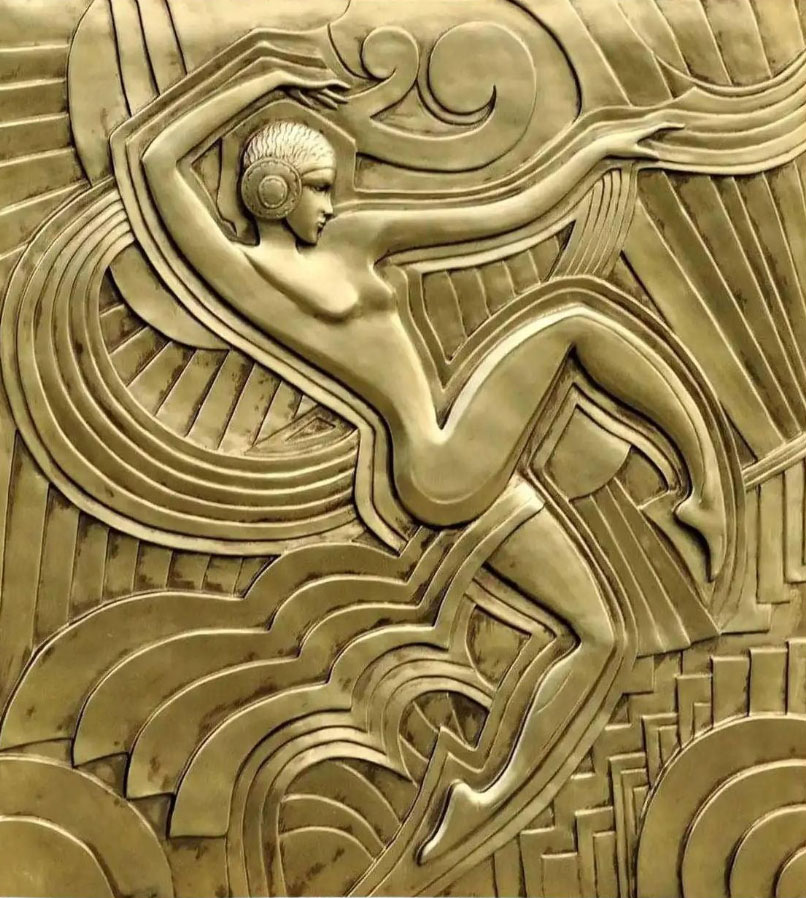
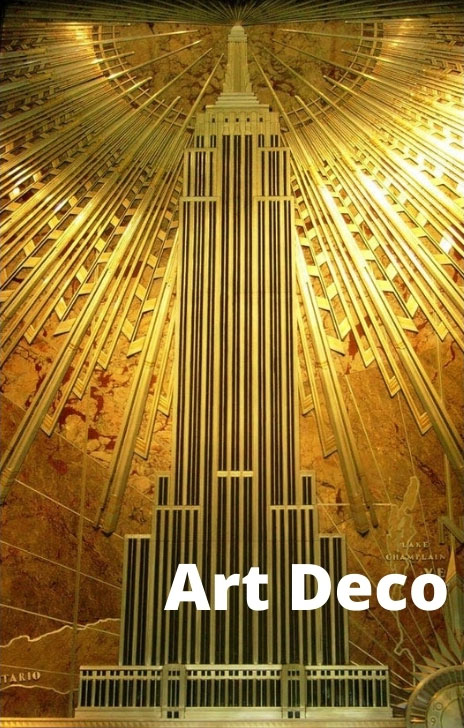
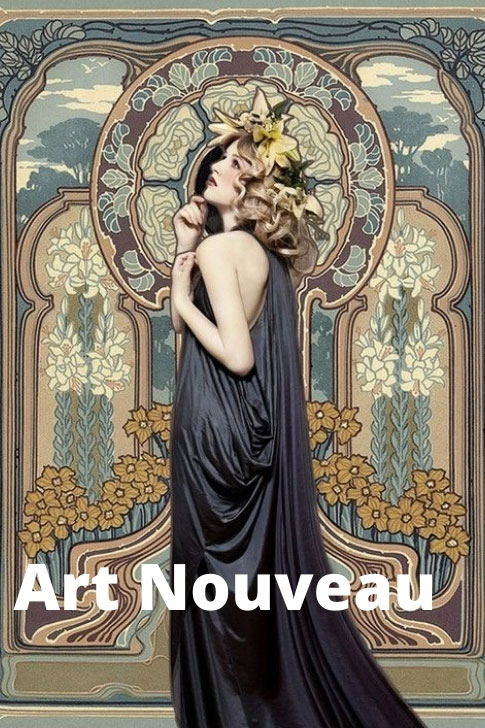
Art Deco has many tricks up its sleeve, but another notable one is embracing modernity in a personalized way. For instance, what would bring cutting-edge sensibilities or a flavor of freshness to your work? How might you draw from the particularities of our current moment to say something unique and valuable to you? What will make you feel like your hair is blowing in the wind as you race toward an exciting future?
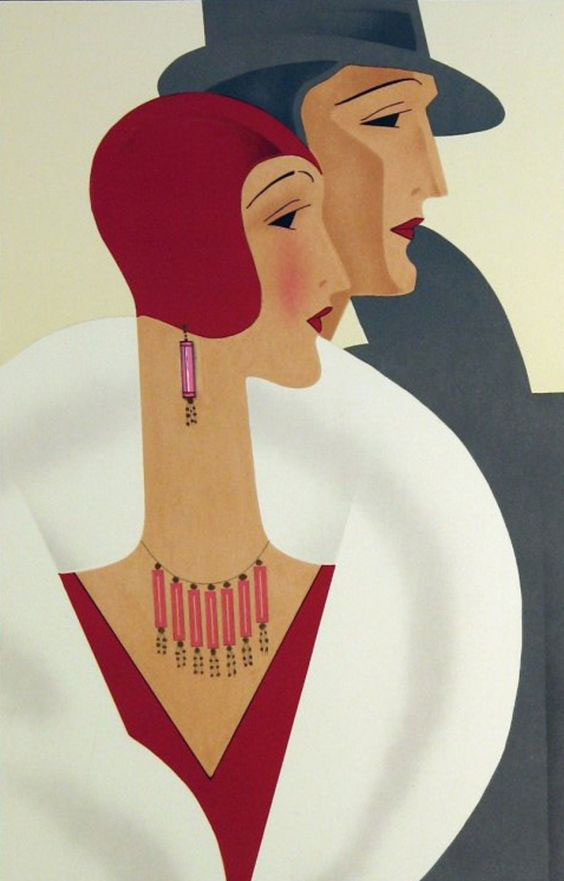
Art Deco possesses timelessness due to its bold directness, clarity, balance, layers, aerodynamic curves, and repetition, which tends to be pleasing to the eye. Despite being over a century old, many pieces from the era retain their freshness and appeal. As we dance with our own artistic process, we would do well to be informed by these observations.
Our work can reach new heights when we approach it with our awareness fully activated, tuned into broader aspects of what is appealing to ourselves and others and why. Humans are biologically hardwired to recognize patterns, with children as young as seven months old showing a preference for symmetry and repetition.
Why not use this knowledge coupled with bright colors and bold, clean lines to make images that have universal and lasting appeal? In so doing, we offer a nod to Art Deco, acknowledging that it is resoundingly both a style and a muse.
Get those journals and sketchbooks out and get ready to do some self-reflection and writing. Try not to judge what comes out of these writing sessions. Don’t worry about punctuation or grammar or any of that. You can even just make lists if that suits you better.
Take a moment to get quiet. Still yourself by doing some gentle breath work. Light a candle. Now ask yourself some questions to reflect upon -
How can you adapt or incorporate these techniques into your own creative process? What new and innovative ideas does this exploration spark for you?
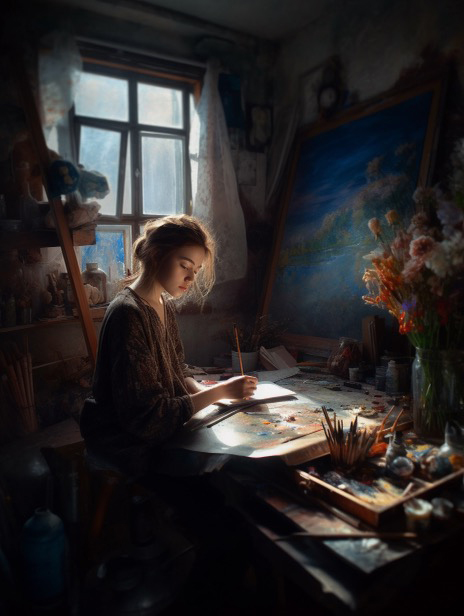
As an artist, innovation can be a crucial component of your creative process. By introducing new ideas, techniques, or materials into your work, you can push the boundaries of your craft and create something fresh and original.
Innovation in art can take many forms. It might involve experimenting with new mediums or materials, exploring new styles or techniques, or incorporating new technology into your work. Whatever form it takes, innovation allows you to break free from established conventions and create something that is uniquely your own.
Of course, innovation can also be challenging, and it often involves taking risks and stepping outside of your comfort zone. But by embracing this process of experimentation and exploration, you can open up new possibilities for your art and take your work to new heights.
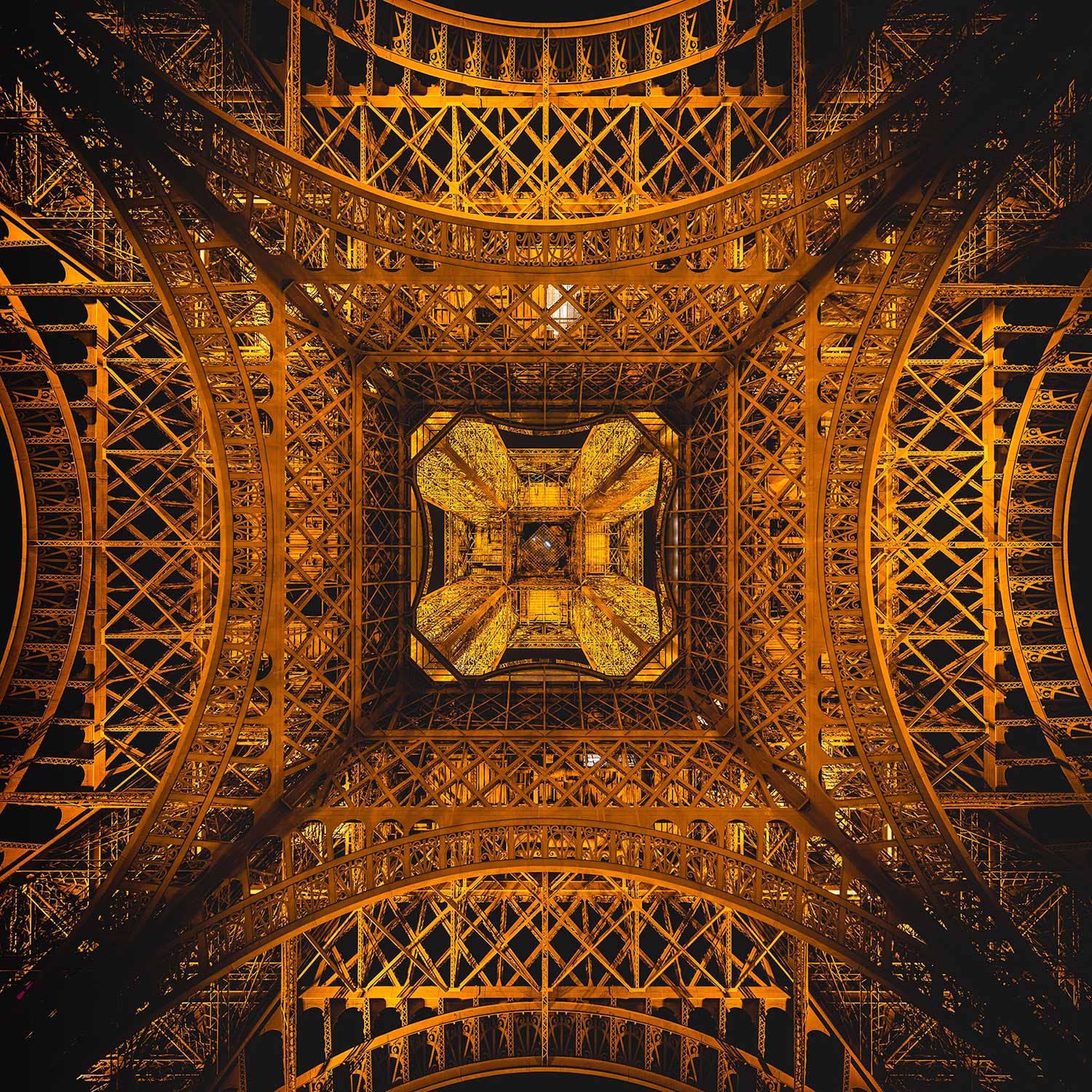
I am sharing this beautiful Meditation from one of my favorite meditation masters - Rachel Hillary. Rising with the sun can be challenging to be sure but if you want to capture the beautiful energy of dawn and invoke the aliveness of new ideas and inspiration, then try the wonderful meditation upon waking. Meet your Muse in the morning.
Rachel will share a little about this experience -
This is a gentle guided practice designed to softly wrap you in blankets of healing light, to re-awaken your own power, your magic, your healing and beauty. It feels like a lovely delicate treat for yourself, for your spirit. Let the light in. Lift your spirits. Rise up beautiful one!
lots of love,
Rachel
Each month we will have a positive affirmation. I recommend you print out this affirmation and put it in your sketchbook or somewhere in your studio. Recite the affirmation out loud each time you show up to create. Saying words aloud is powerful and can begin to re-write some of our own limiting beliefs or calm our fears. Try it now…
It’s been a while since we’ve featured a goddess in our Studioworks explorations but since Art Deco often pulls inspiration from mythology, I thought this would be the month to bring a taste of that back. Our inspiring goddess this month is Aphrodite. It doesn’t hurt that both of our master artists, Erté and Tamara De Lempicka, created their own versions of the goddess herself…
Aphrodite, the Greek goddess of love, beauty, and fertility, has long been associated with the Art Deco movement. Her image of beauty and sensuality, as well as her focus on pleasure and desire, resonates with the movement's emphasis on luxury, opulence, and style.
Art Deco is known for its focus on sleek, streamlined designs, bold colors, and glamorous aesthetic, all of which evoke a sense of sensuality and allure. Similarly, Aphrodite's image as a beautiful goddess embodies the glamorous aesthetic of Art Deco. The goddess is often depicted in classical art as a curvaceous and voluptuous figure, with flowing hair and a serene expression. This image of beauty and grace has inspired many Art Deco artists, who have incorporated similar elements into their designs.
Aphrodite's mythological birth from the foam of the sea is another aspect of her legend that relates to the Art Deco movement. The sea was a common motif in Art Deco designs, with its fluid and sinuous shapes. The sea-inspired motifs and imagery that are often present in Art Deco designs, such as seashells, waves, and fish scales, reflect the movement's fascination with the ocean's beauty.
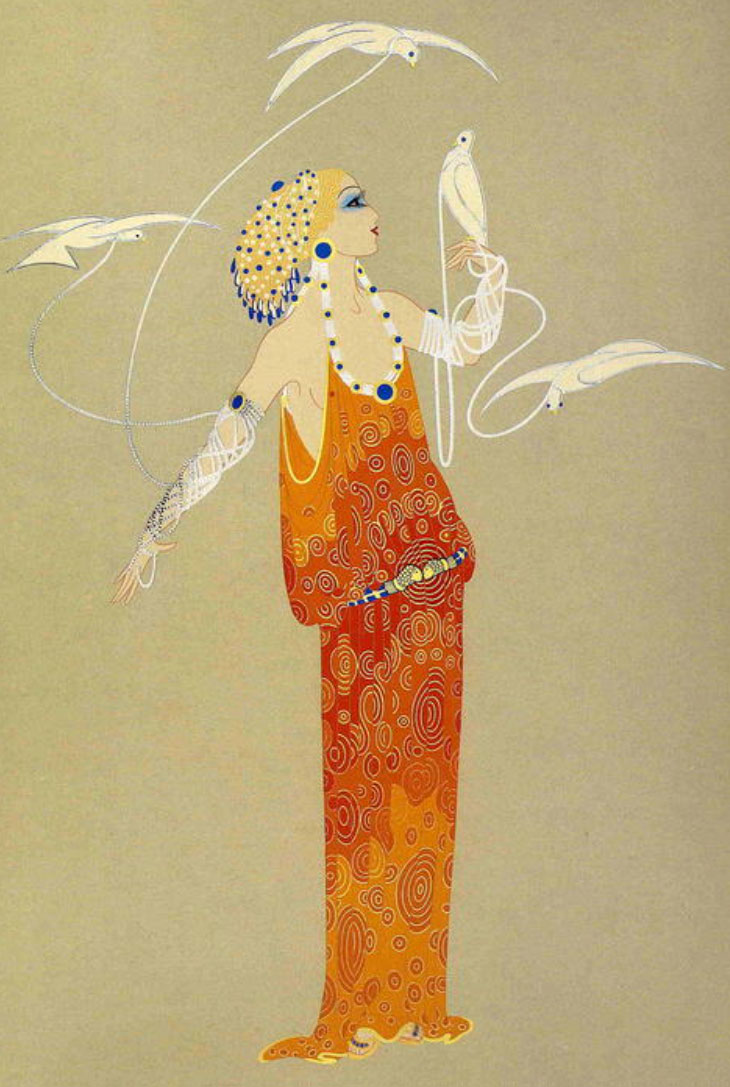
Aphrodite by Erté
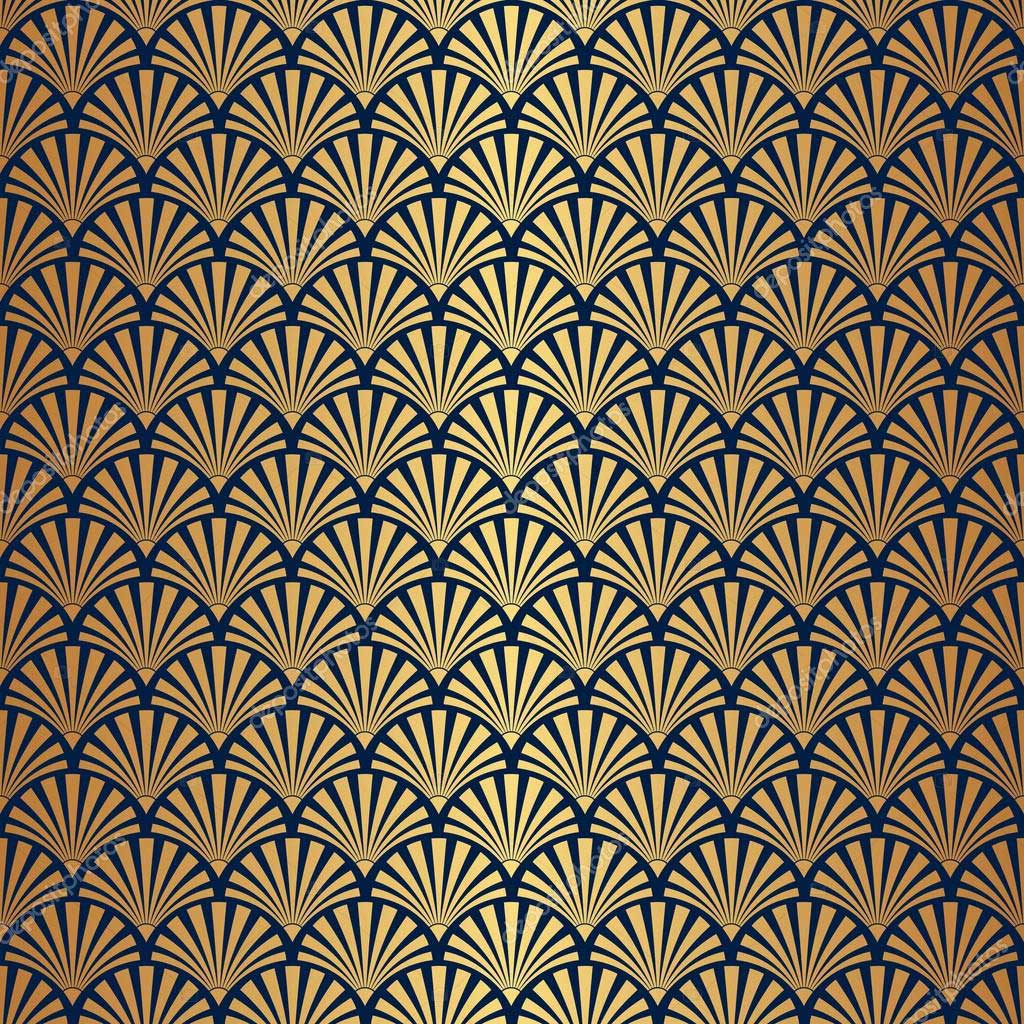
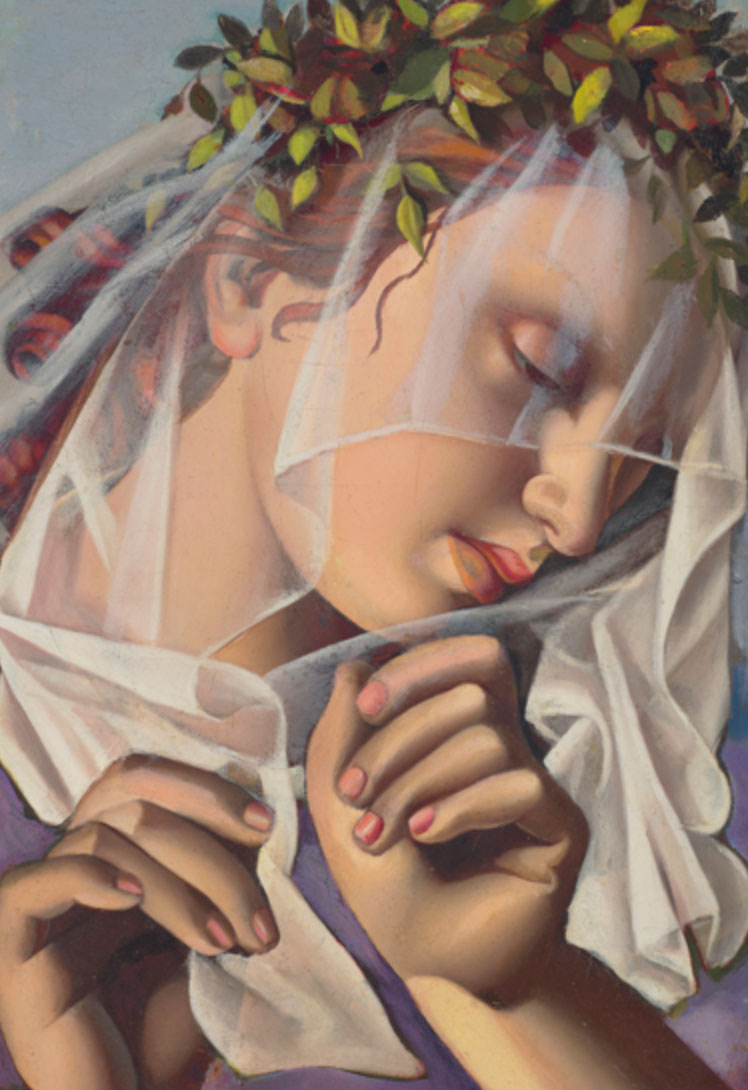
The Wreath of Flowers II by Lempicka
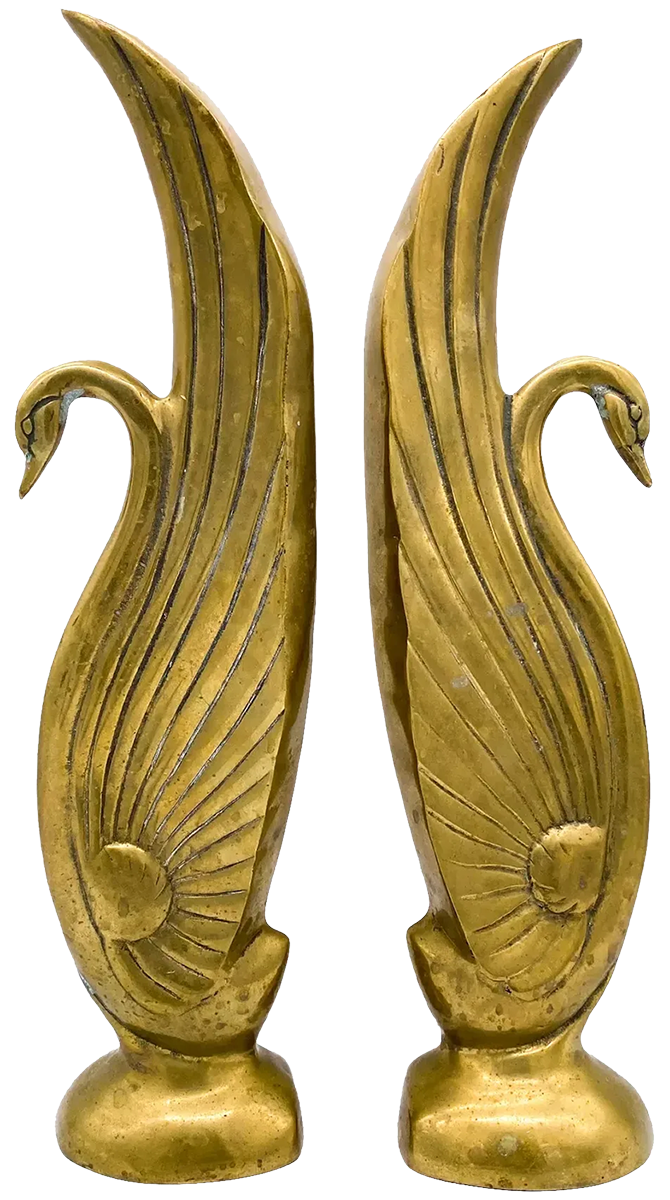
These symbols are all often seen in Art Deco designs which connect the goddess with this art movement. The connection between old and new is such a powerful thread that runs through Art Deco. Honoring ancient mythology while marveling at the sleek, new technology that was evolving speaks to the innovative and inspiring time of the Art Deco movement.
Create your own vision of Aphrodite in the Art Deco style.
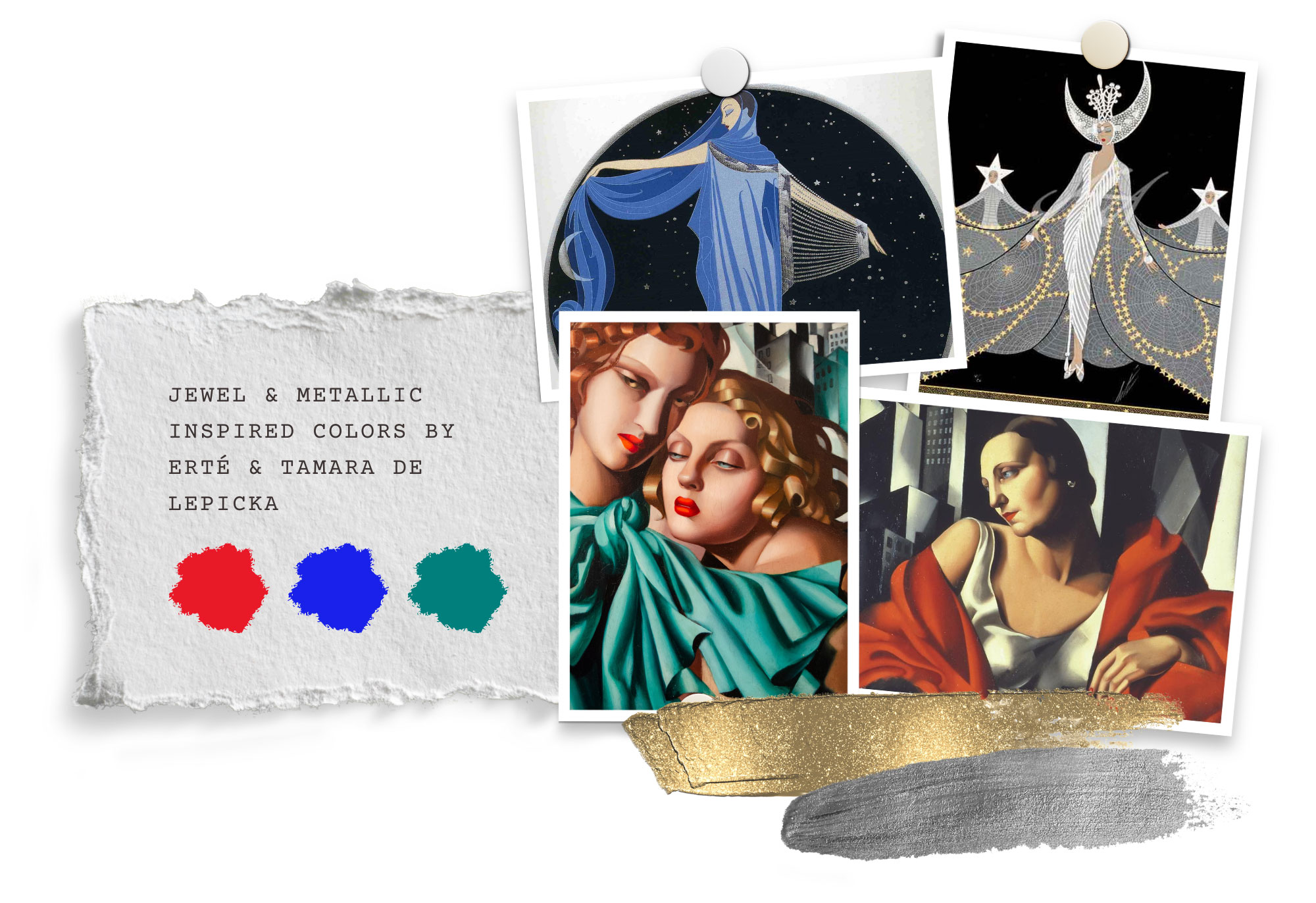
This month, I am inspired by the wonderful color palettes of our two master artists. Erté and Tamara de Lempicka were both prominent artists of the Art Deco movement, and their works often featured bold, vibrant color palettes that were characteristic of the style.
Both artists used accents of silver and gold in their work, alongside rich jewel tones. Think emerald, sapphire and ruby paired with shimmering metallics. Lempicka often balanced her bold color with cool muted grays, while Erté isolated his figures on ebony black backgrounds.
So let’s play around with this color palette and see how it feels, in might just spark new ideas and inspiration for your own work!
As always, work with colors that call to you and never doubt your creative intuition. Your colors may look entirely different and that’s ok.
For this issue, I found myself unable to pick just one artist for us to study! So I whittled it down to fashion illustrator, Erté and the evocative painter, Tamara de Lempicka. Both artists are iconic examples of creativity from this era so let’s dive in and learn more about them…
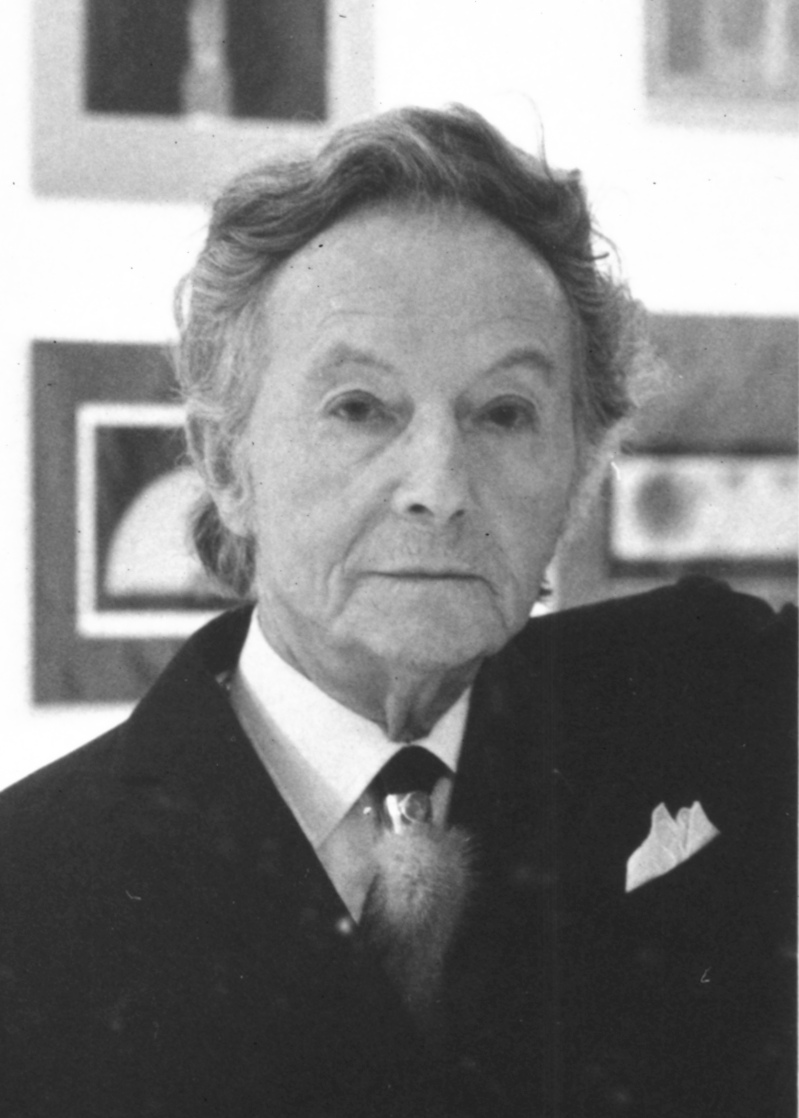
Romain de Tirtoff, better known by his pseudonym Erte, was a prominent artist and designer of the Art Deco movement. Born in St. Petersburg, Russia in 1892, Erte began his artistic career as a designer for the Parisian couture house of Paul Poiret. In 1915, he began creating illustrations for Harper's Bazaar magazine, a partnership that would continue for over 20 years and make him one of the most celebrated illustrators of the Art Deco era.
Erte’s success with Harper’s was noted in the United States. Hollywood courted the artist in the form of MGM Studio. Ben-Hur is one of the most notable films that feature his designs. Erte designed sets and costumes. He famously dressed such notable figures as Lillian Gish, Joan Crawford, Norma Shearer, and the famed ballerina Anna Pavlova. He also created designs for other world-famous venues like Radio City Music Hall, the Paris Opera, the Paris Casino, and the Folies-Bergeres.
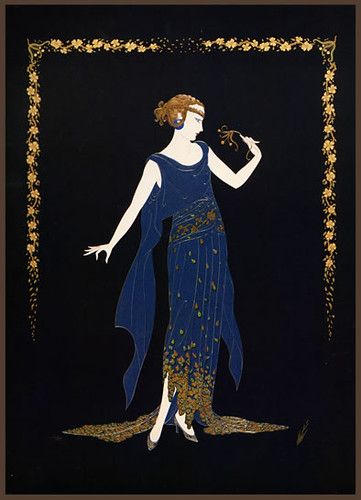
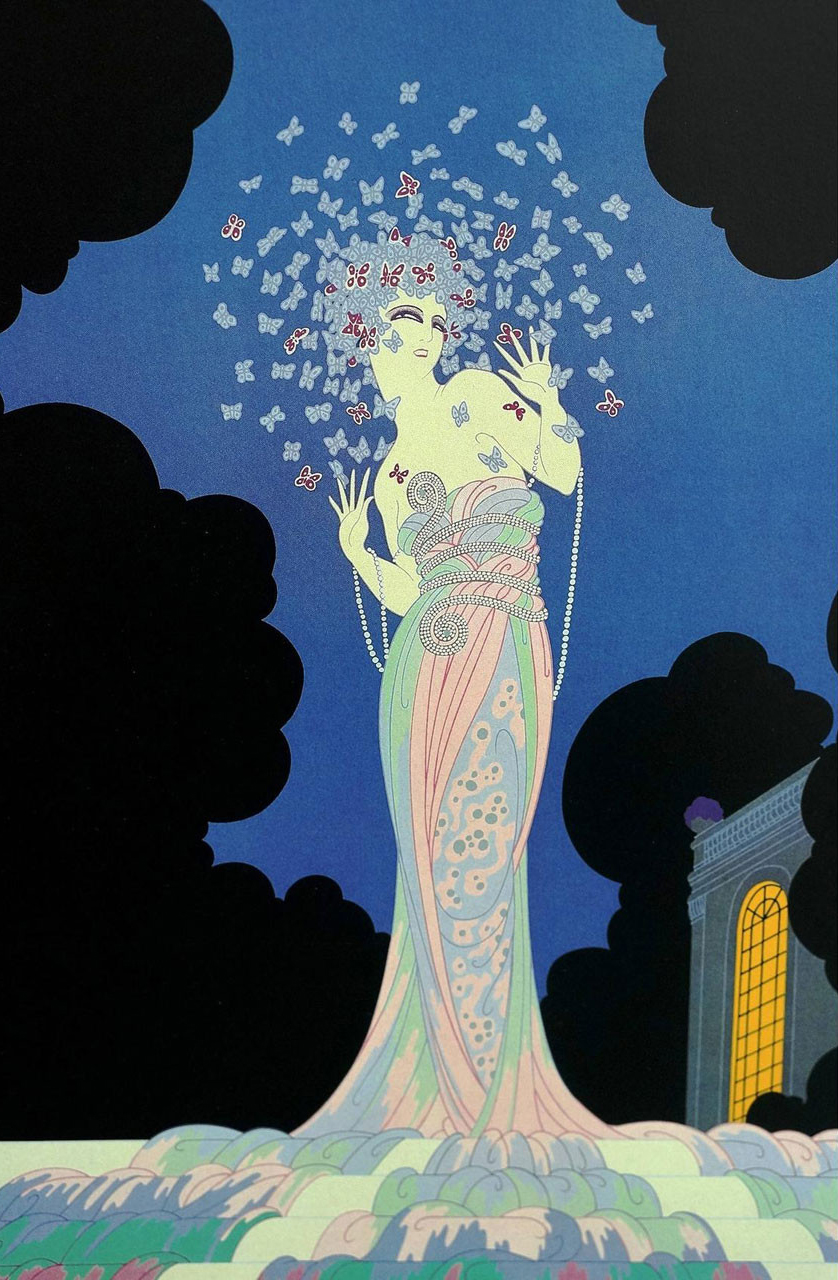
Erte's artwork was known for its elaborate and ornate style, often featuring women in intricate, fantastical costumes that were inspired by the exotic worlds of mythology and the stage. One of his most iconic works is "Symphony in Black," a series of illustrations featuring a woman in a sleek, black gown adorned with feathers and beads. The series captures the elegant, streamlined aesthetic of the Art Deco movement, and has become one of Erte's most famous and enduring works.
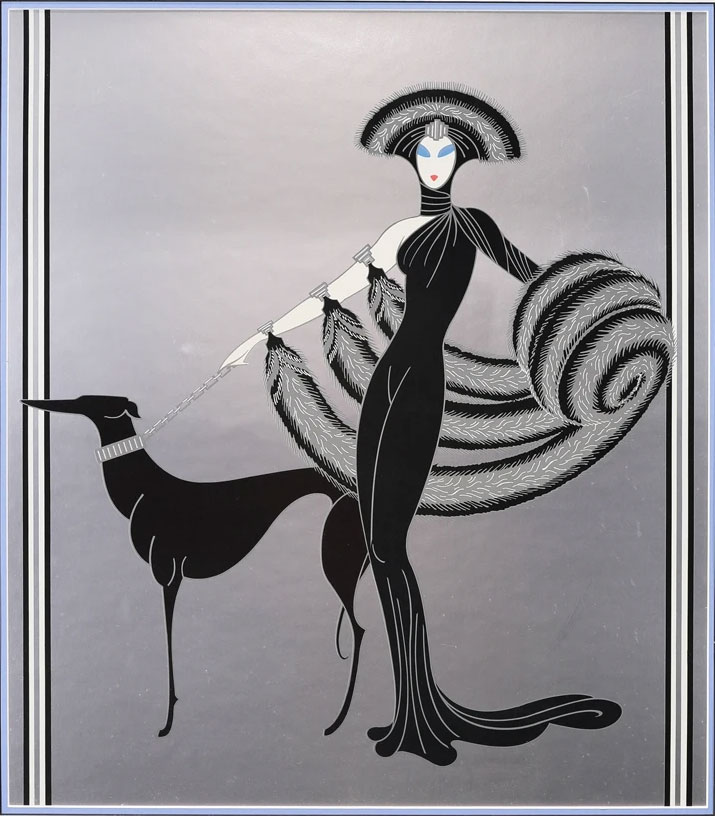
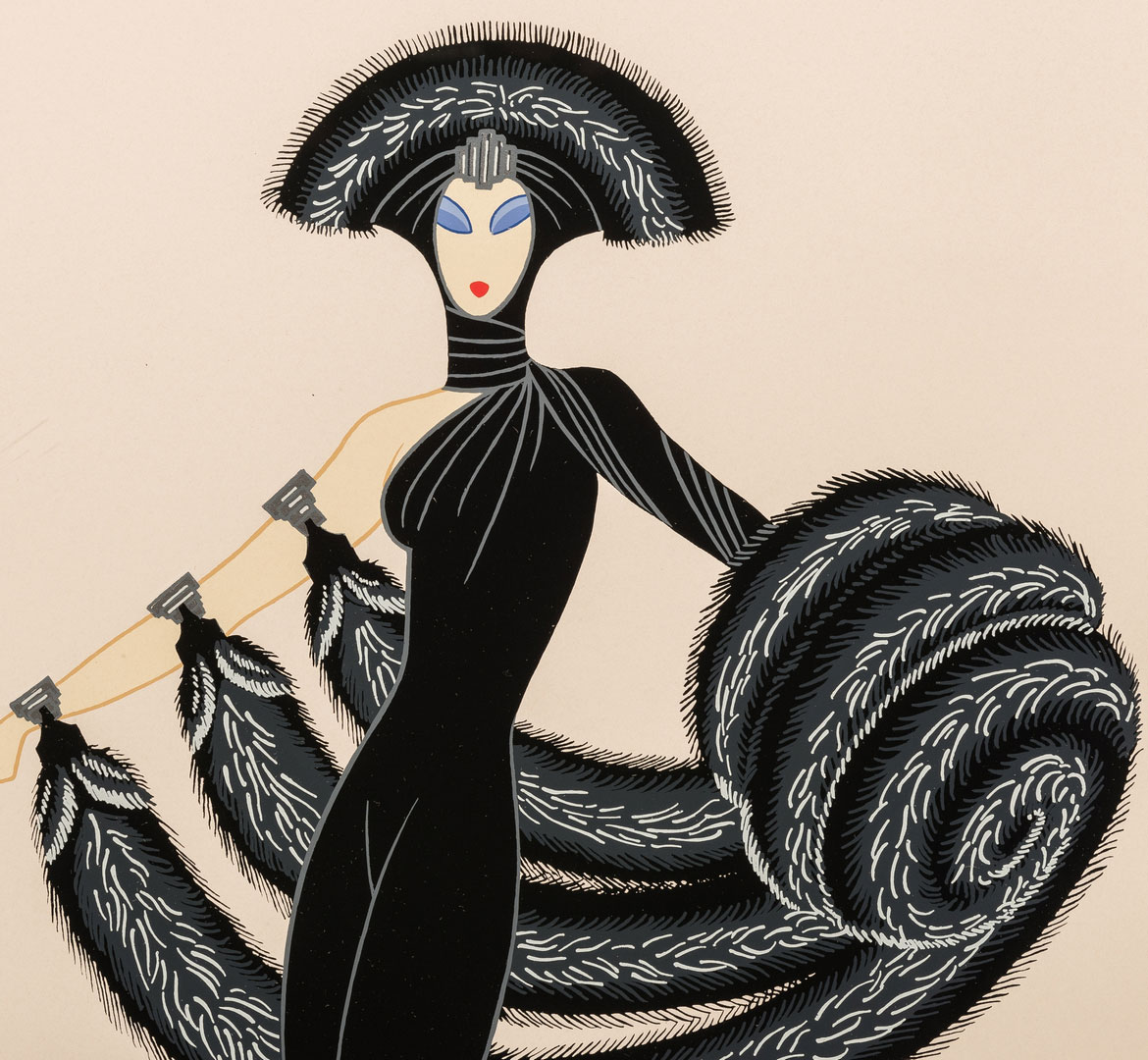
Another notable series by Erte is "The Alphabet," a collection of illustrations in which each letter of the alphabet is represented by a different character or object. The series showcases Erte's mastery of the Art Deco style, with each illustration featuring bold, geometric shapes and a striking use of color.
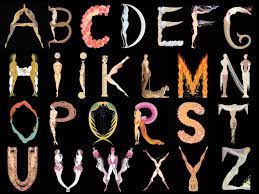
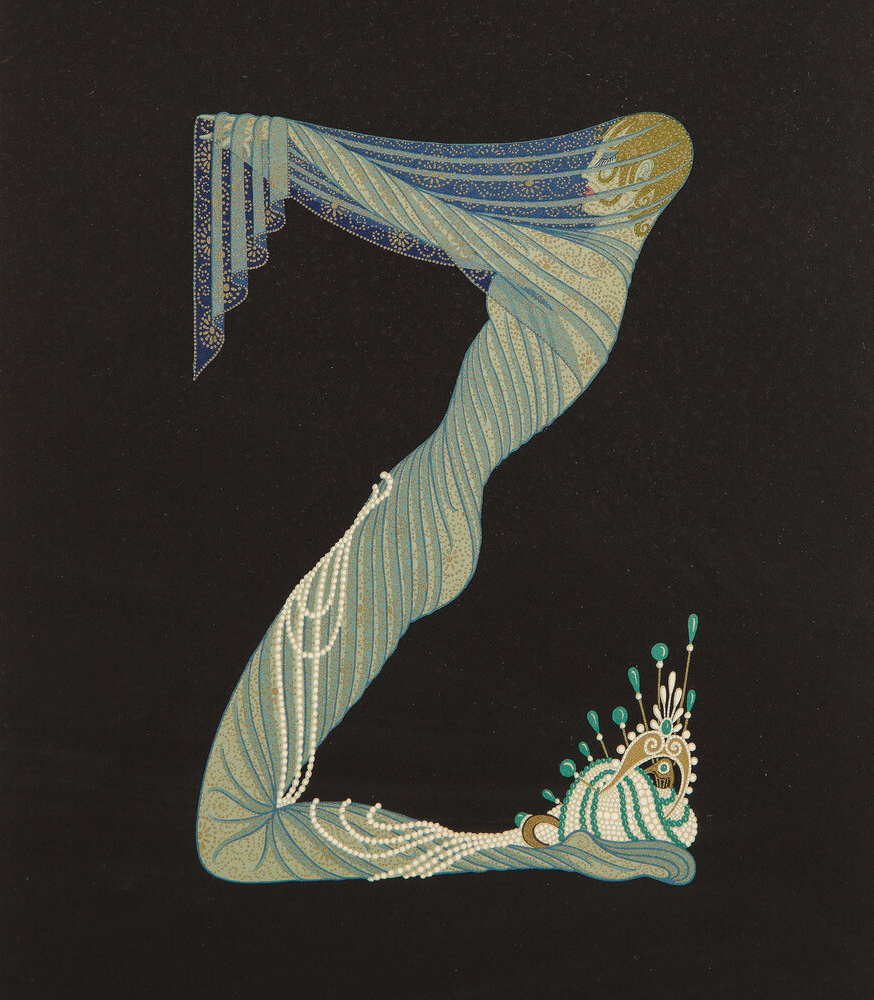
Erte's impact on the Art Deco movement was profound, and his artwork continues to be celebrated for its innovative use of design, color, and style. His legacy is evident in the countless designers and artists who have been influenced by his work, and his contribution to the world of art and design continues to be celebrated to this day.
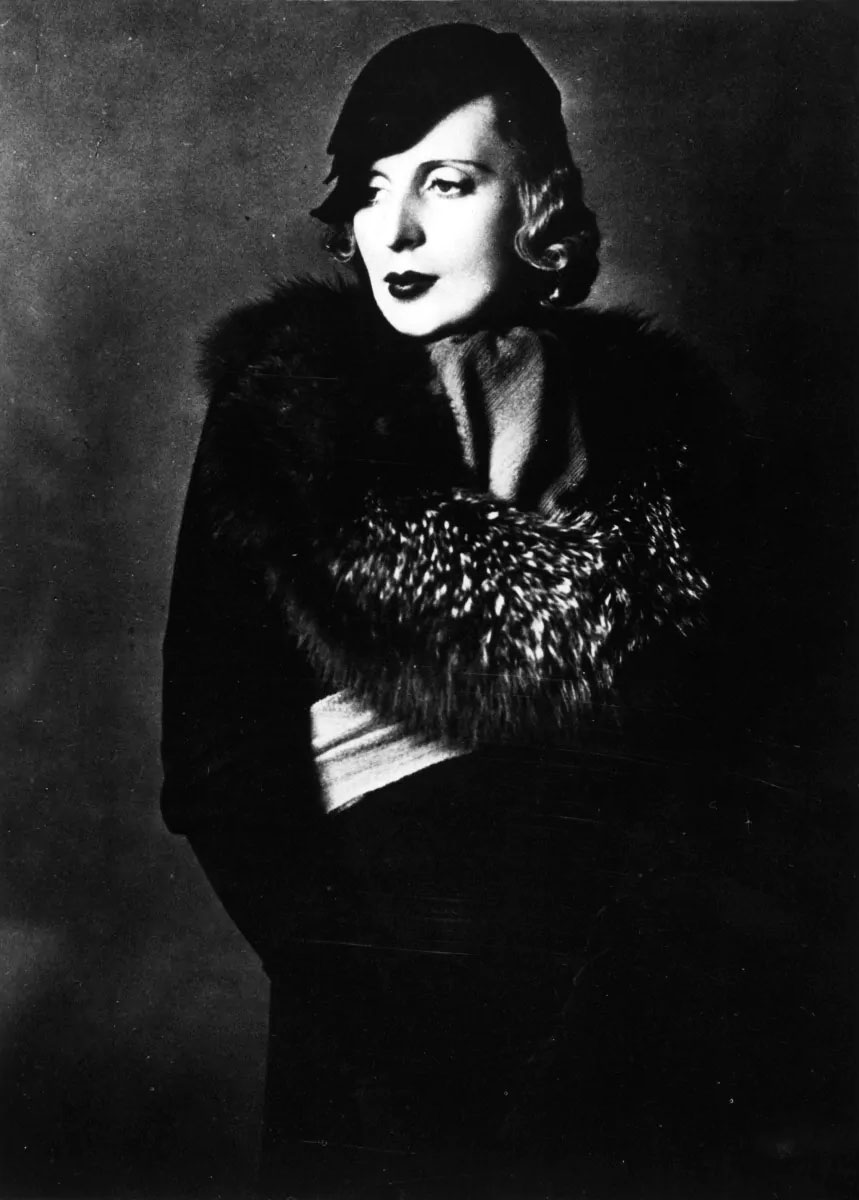
Tamara de Lempicka was a Polish Art Deco painter who was known for her bold and sensual portraits, which captured the spirit of the Jazz Age. Her work was characterized by its geometric shapes, bright colors, and elegant style, and she quickly gained a reputation as one of the most important artists of the Art Deco movement.
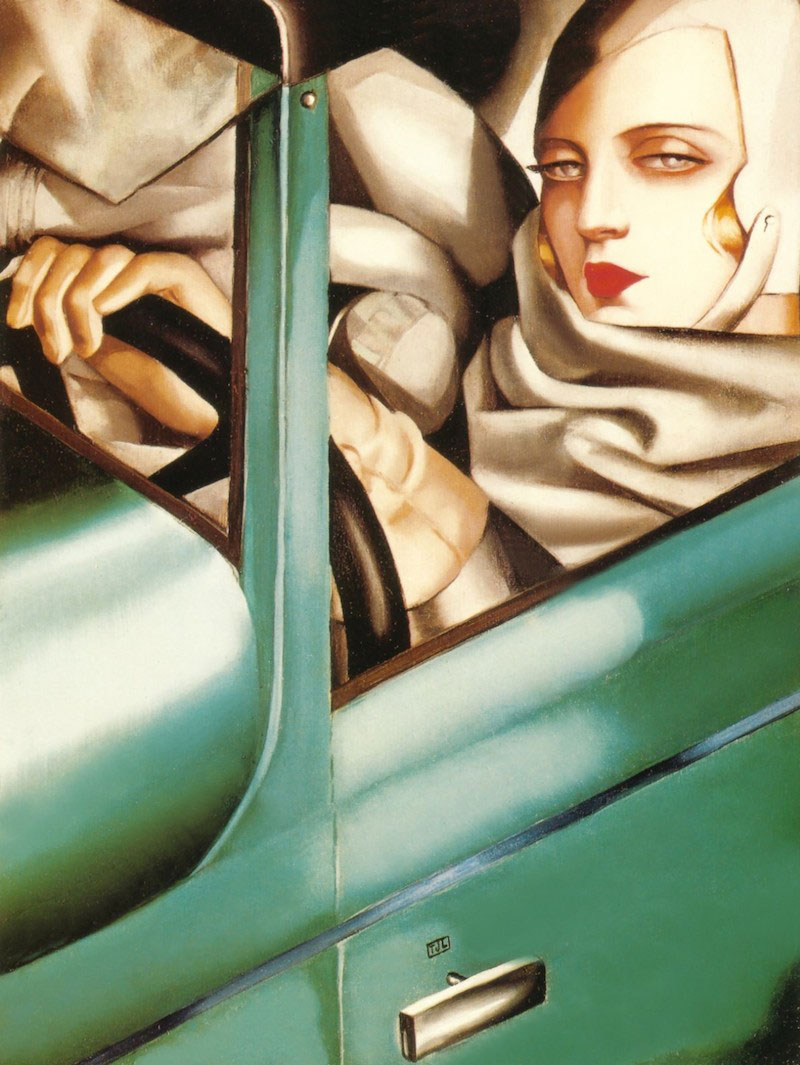
Tamara in a Green Bugatti - 1925
One of Lempicka's most famous works is her 1925 portrait "Tamara in a Green Bugatti," which depicts the artist in the driver's seat of a sleek green Bugatti car. The painting is a quintessential Art Deco image, with its sharp angles, bold colors, and sense of modernity and glamour.
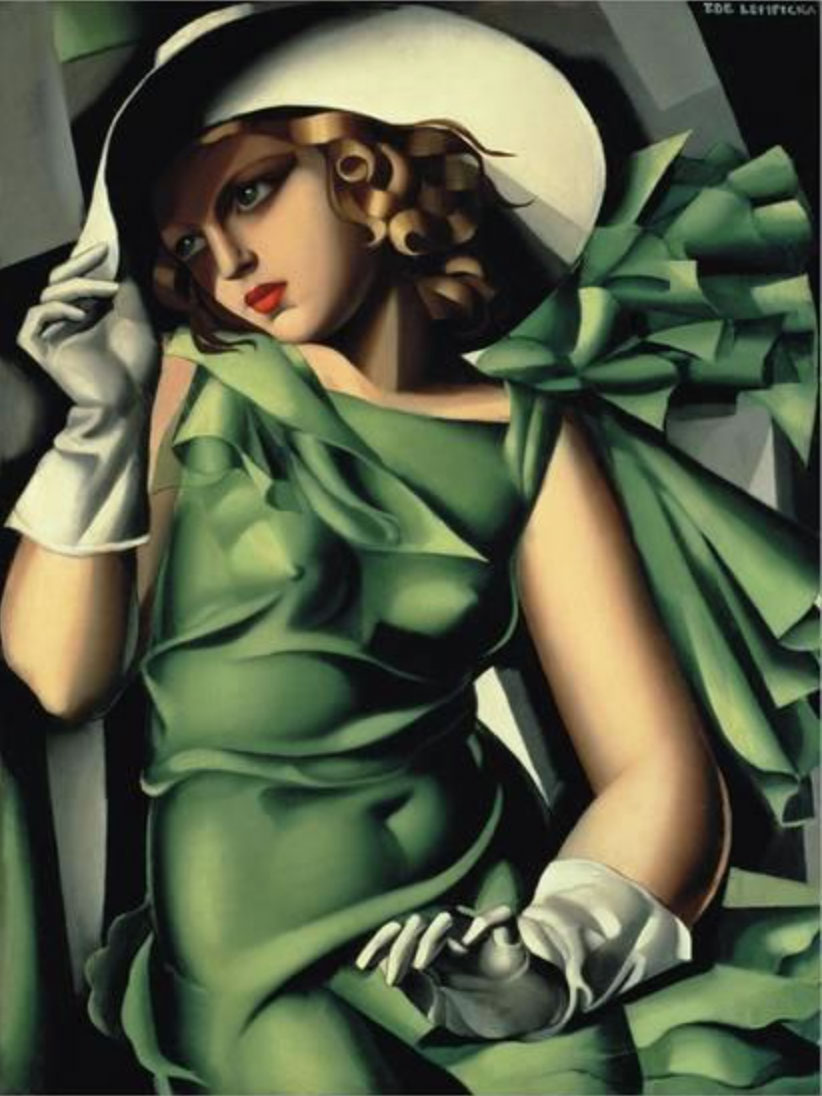
"Portrait of a Young Girl (Jeune Fille en Vert) 1930
Another iconic painting by Lempicka is "Portrait of a Young Girl (Jeune Fille en Vert)," which was completed in 1930. The painting depicts a young woman wearing a green dress and is notable for its strong composition, striking use of color, and sensuous style.
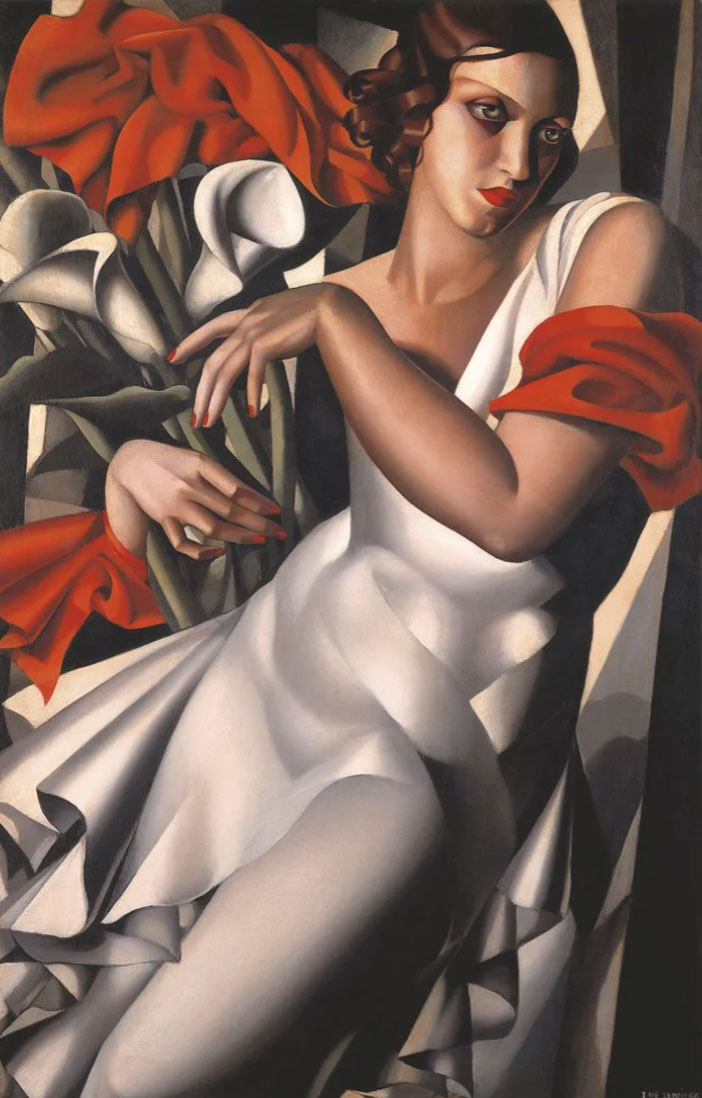
"Ira P" (1937)
Throughout her career, Lempicka continued to produce stunning portraits that captured the spirit of the Art Deco movement. Her work was celebrated for its elegance, sensuality, and modernity, and she remains one of the most important artists of the era.
Check out the beautiful Pinterest boards of both Erté and Tamara De Lempicka works and see which piece resonate with you. Consider doing a master study of one or more of these OR create a piece inspired by these artists.
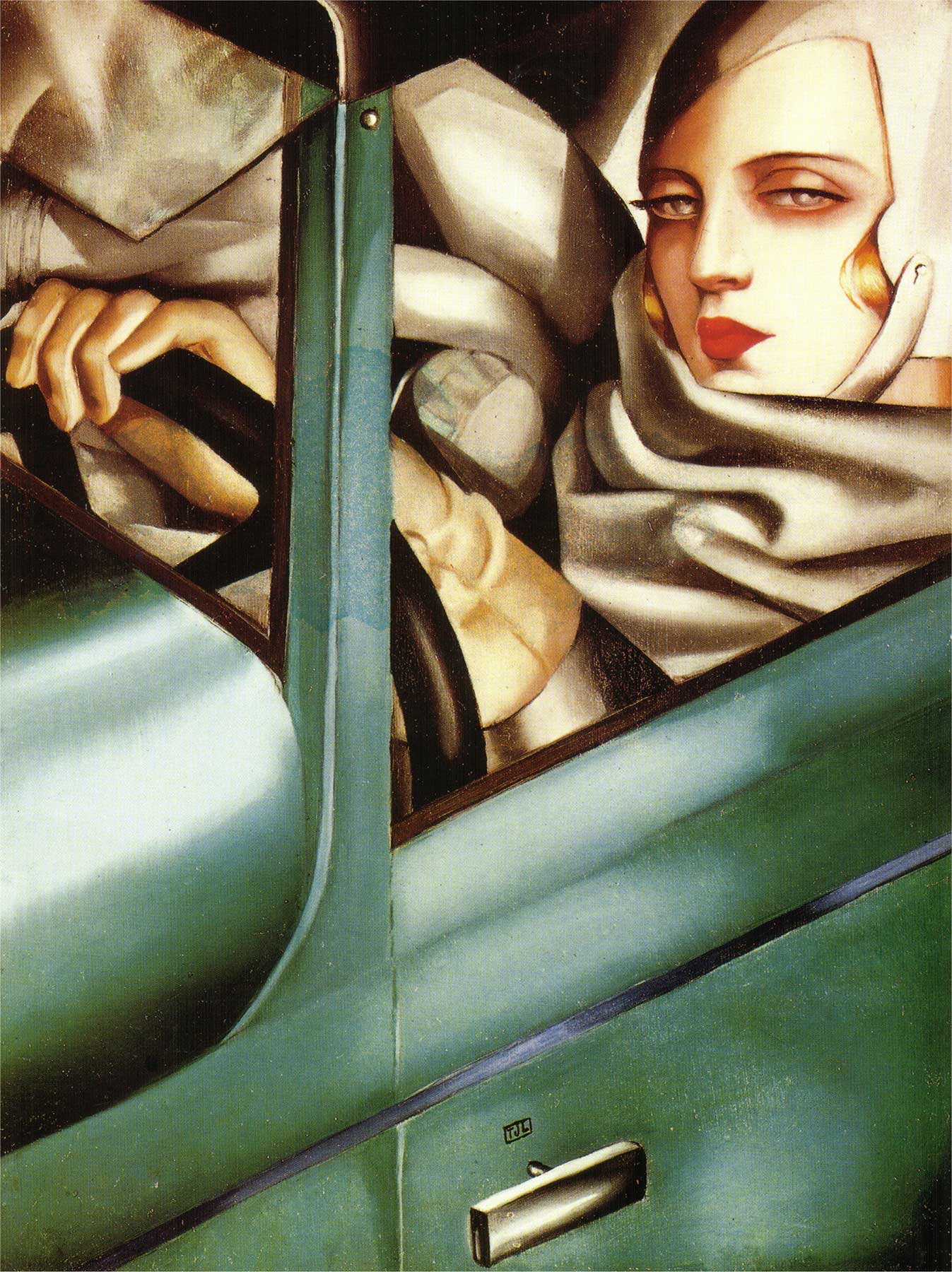
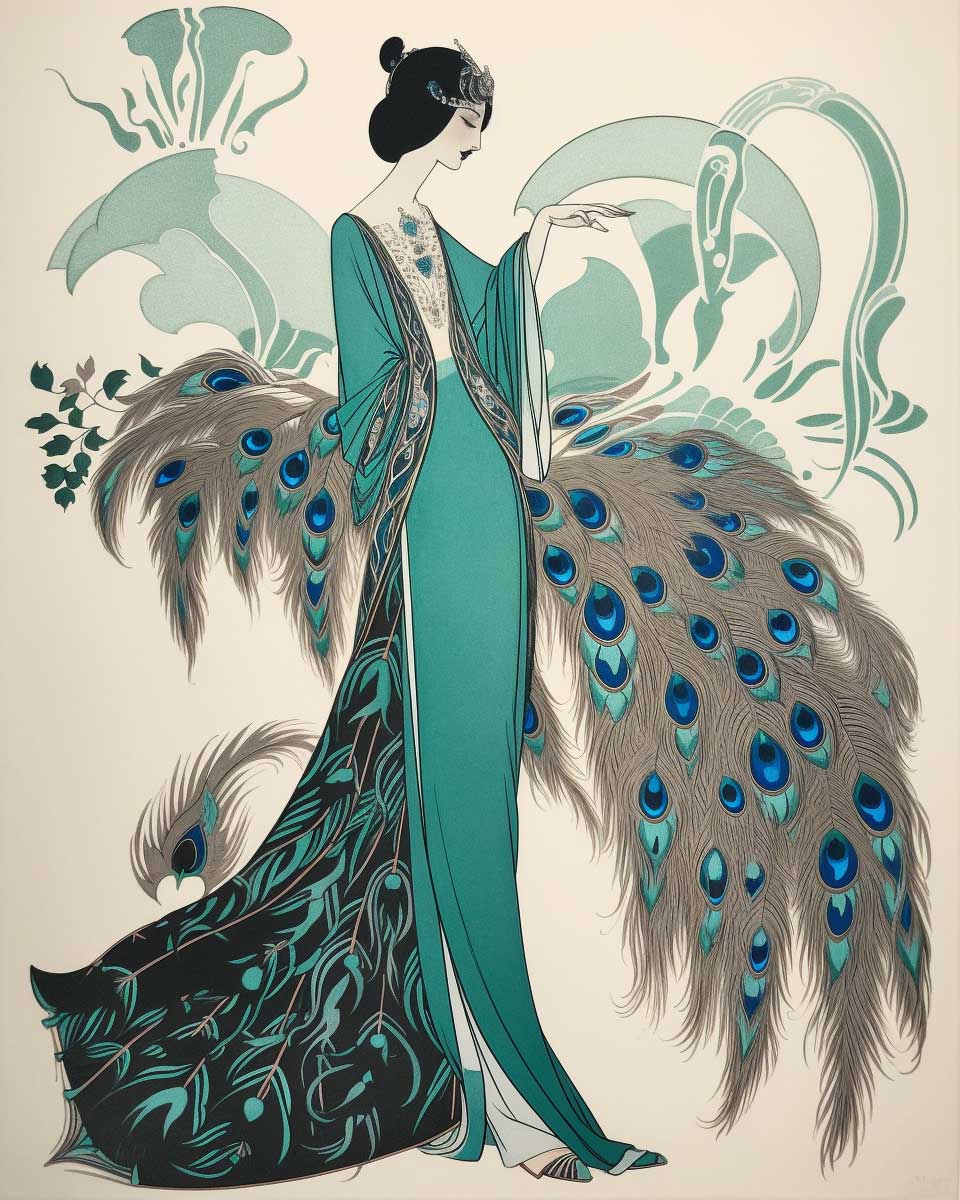
Erté designed incredible costumes for the stage. Imagine a costume you would love to design, perhaps it’s a figure from history or mythology or maybe it’s a character from your favorite tv shows or books. Design a fabulous Art Deco inspired costume in your sketchbook. Write about why you chose this design and what you love most about it! Look at our Art Deco Style Pinterest board to see gorgeous examples of patterns and design elements from this inspiring time period.
Create a page in your sketchbook dedicated to the Art Deco style, this could be a study of art deco patterns, motifs and colors or a page where you collage elements that represent Art Deco to you.
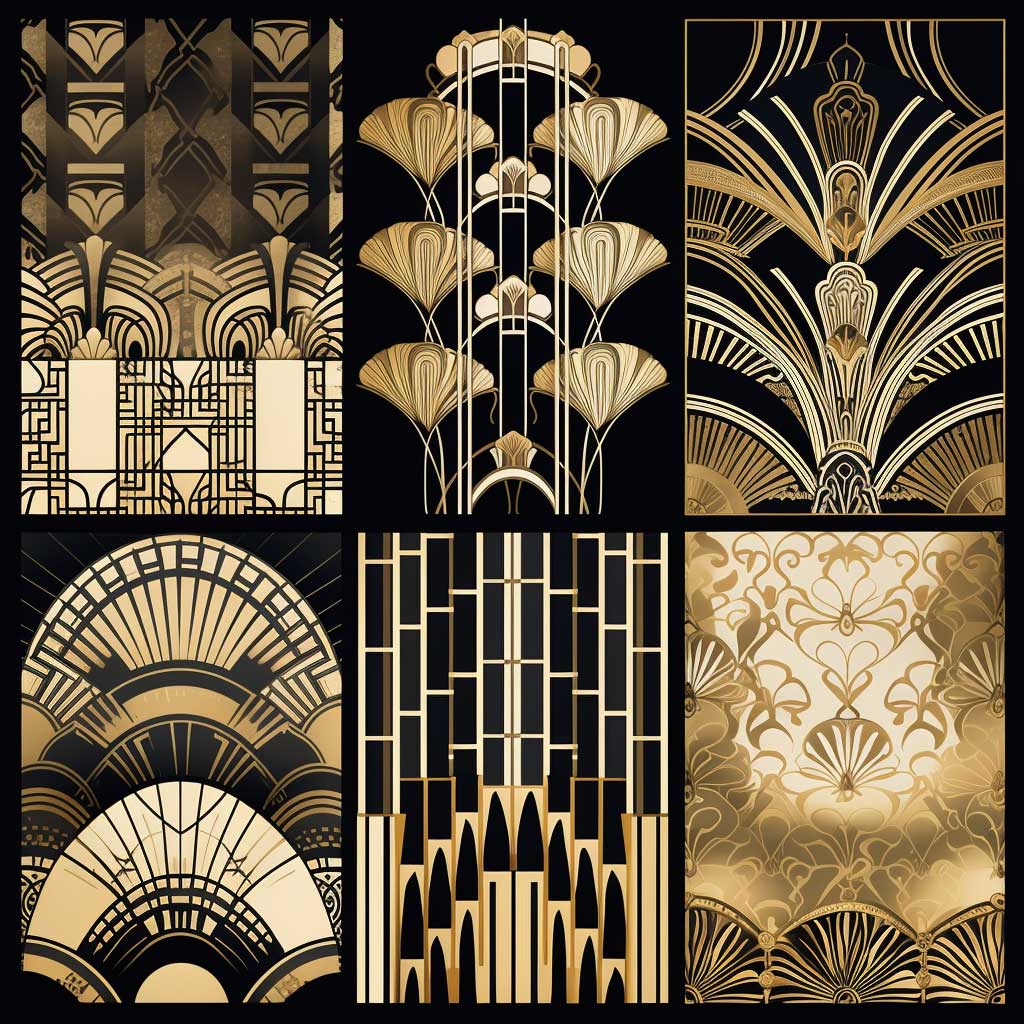
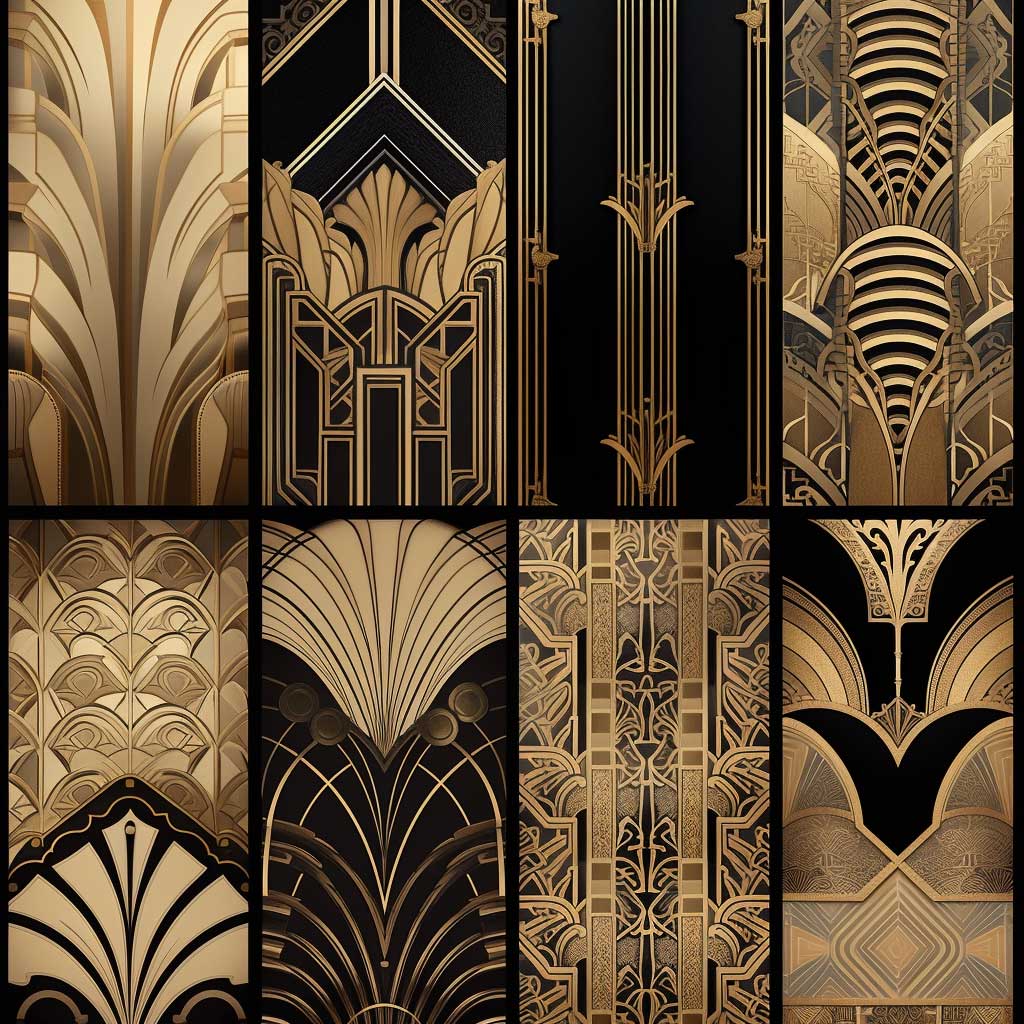
So excited to share this beautiful lesson from Ce Duff's beautiful class, Time Traveler.
The fashion illustrators of the jazz age often placed their models in settings that not only showed off the clothing but conveyed a sense of story. We will put our learning around the fashion figure and illustrative techniques into practice and create a simple narrative piece. I invite you to draw from your own creative journey and environment to infuse personal meaning, yet at the same time entice the viewer to wonder about the mystery of the characters’ story.
This lesson is pure colourful fun. We work mainly with layers of gouache (the traditional illustrators medium), adding details with other media such as Posca pens, fine liners and coloured pencils.

One of my favorite things to do is to curate inspiration. From Pinterest boards to books, resources, playlists and more - I love to share anything that might facilitate learning, expansion, and sparks of curiosity! Being an artist, we naturally crave these things so here are some of this month’s picks from me to you.
I had so much fun curating this list. I hope you enjoy!!
Here are just a few of our fantastic classes! I highly recommend checking them out if you haven’t already. Enjoy!